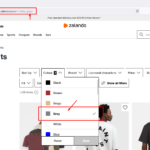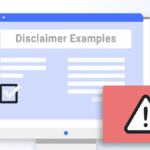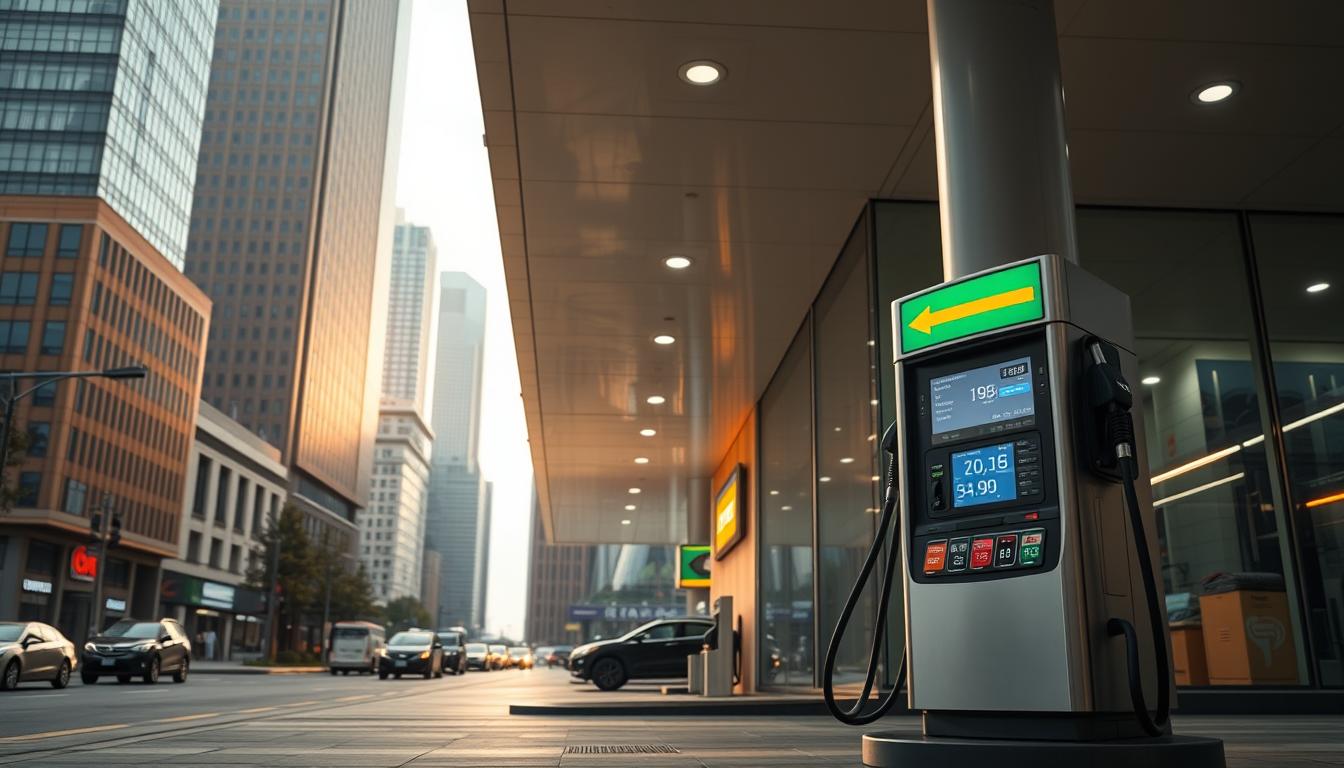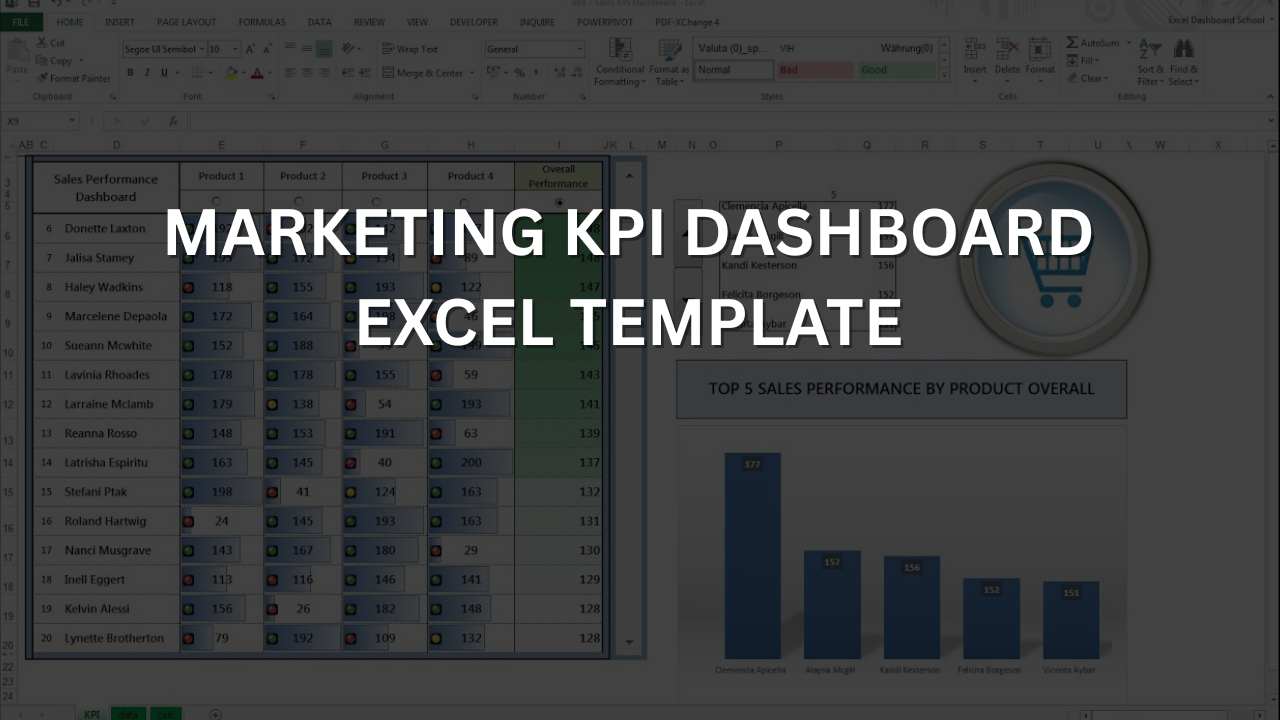Retailers Entering Fuel Business are reshaping the fuel industry as new players rapidly join the market. Over the last five years, gas stations operated by retailers have increased by more than 15%, signaling a major shift in consumer behavior and market dynamics.
Driven by customer convenience and strategic growth, more businesses are adding fuel sales to their offerings. As a result, the traditional fuel industry is evolving, with retailers finding innovative ways to compete and better serve modern shoppers.
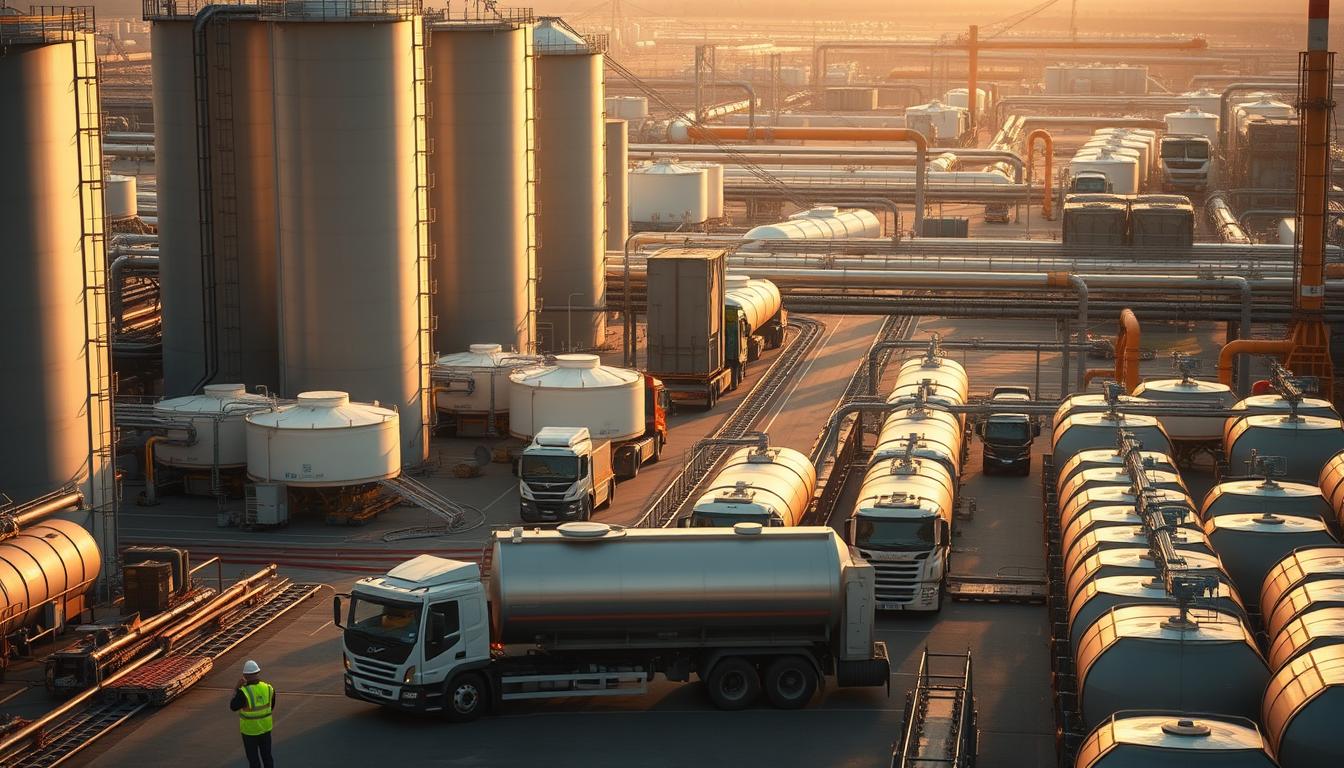
Key Takeaways
- The number of gas stations operated by retailers has increased significantly.
- New players are changing the competitive landscape in the fuel industry.
- Retailers are adopting innovative fuel service strategies.
- The demand for convenient fueling options is driving market growth.
- Fuel sales are becoming increasingly important for retailers.
The Evolving Landscape of the U.S. Fuel Market
The U.S. fuel market is changing fast. New players are joining, shaking up the old ways. This brings new chances and hurdles for everyone.
Traditional Players and Market Dominance
Big oil companies have ruled the U.S. fuel market for years. They have many gas stations all over the country.
Major Oil Companies’ Historical Control
Big oil companies are the backbone of the U.S. fuel market. They have lots of gas stations. But, new players are starting to challenge their power.
“The traditional fuel retail landscape is changing, and it’s changing fast.”
Independent Gas Station Operators
Independent gas stations also play a big role. They offer good prices and personal service. They focus on local markets, finding their own spot.
Shifting Consumer Expectations
What people want is changing. They want convenience and to do everything in one place. Retailers are changing to meet these needs.
Convenience and One-Stop Shopping Demand
People want to fuel up, eat, and shop all in one spot. This is making multi-format retail sites popular. They have gas stations, stores, and more.
Retailers Entering Fuel Business: Strategic Motivations
Retailers Entering Fuel Business are tapping into the fuel retail market, seeking growth and profit opportunities in an increasingly crowded and competitive space.
Diversification of Revenue Streams
Retailers want to mix up their income sources. By adding fuel sales, they can earn more and not just rely on traditional sales.
Fuel as a High-Volume, Low-Margin Product
Fuel sales are high but profits are low. But, when paired with retail, fuel can boost overall sales.
Customer Retention and Cross-Selling Opportunities
Another reason is to keep customers coming back. Fuel sales can lead to more purchases of other items.
Driving Store Traffic Through Fuel Offerings
Fuel sales can make more people visit stores. This can lead to more sales of other products, making customers loyal.
In summary, retailers are getting into the fuel business for good reasons. They want to diversify income and keep customers coming back. This change is making the fuel retail market interesting.
Major Retailers Transforming the Fuel Landscape
Big names in retail are changing the fuel market. They use their big resources and lots of customers to grow their fuel business.
Supermarket Chains
Supermarkets are now big in fuel sales. They use their stores to let customers fill up their tanks.
Kroger, Safeway, and Albertsons Fuel Strategies
Kroger, Safeway, and Albertsons are leading the way. They give discounts on fuel when you buy groceries.
| Retailer | Fuel Program | Discount Offer |
|---|---|---|
| Kroger | Fuel Points | Discounts on fuel with grocery purchases |
| Safeway | Just Fuel | Fuel discounts with loyalty program |
| Albertsons | Fuel Rewards | Fuel savings with grocery buys |
Big Box Stores
Walmart and Costco are also big in fuel sales. They offer low prices and a full shopping experience.
Walmart, Costco, and Sam’s Club Fuel Operations
Walmart, Costco, and Sam’s Club are growing their fuel services. They make it easy and affordable for customers to fill up.
Convenience Store Expansion
7-Eleven and Circle K are also expanding. They focus on making fueling easy and convenient for customers.
7-Eleven and Circle K Growth in Fuel Retailing
7-Eleven and Circle K are rapidly growing. They aim to offer a wide range of services and products at their fuel stations.
Impact on Traditional Fuel Retailers
New players in the fuel industry are changing the game for traditional fuel retailers. Supermarkets, big box stores, and convenience stores are now selling fuel. This means traditional fuel retailers face more competition.
Price Competition and Margin Pressure
Price competition is a big challenge for traditional fuel retailers. Newcomers use their customer base and efficiency to offer low prices. This puts pressure on the margins of traditional retailers.
Volume-Based Competition Strategies
To fight back, some traditional retailers are focusing on selling more at lower prices. They aim to keep their market share by offering more volume at lower margins.
Adaptation Strategies for Survival
To stay in the game, traditional fuel retailers are looking at new ways to adapt. They are improving their services and upgrading their convenience stores.
Enhanced Service Offerings and Convenience Store Upgrades
By making the shopping experience better and adding more services, traditional retailers can stand out. This helps them keep their customers loyal.
| Strategy | Benefits |
|---|---|
| Volume-Based Competition | Maintains market share, competitive pricing |
| Enhanced Service Offerings | Differentiates from competitors, improves customer loyalty |
| Convenience Store Upgrades | Enhances shopping experience, increases sales |

The fuel retail market is changing fast, and traditional retailers must keep up. By learning from new players and using their own strengths, they can stay competitive.
“The fuel retail market is becoming increasingly competitive, and traditional retailers must innovate to stay ahead.”
Consumer Benefits from Retail Fuel Market Expansion
When retailers start selling fuel, customers win big. The fuel market is getting more competitive and friendly to shoppers.
Loyalty Programs and Integrated Shopping Experiences
Loyalty programs and shopping experiences are getting better. Retailers now offer rewards for both fuel and in-store shopping.
Fuel Discounts Tied to Retail Purchases
Customers get fuel discounts with retail store buys. This makes shopping even better.
Price Advantages and Promotional Offers
New players in fuel retail mean better prices and deals. With more competition, fuel prices are dropping.
Regional Price Competition Effects
Price battles in different areas lower fuel costs. This saves money for those buying fuel.
The fuel market is now more lively and competitive. This is thanks to smart growth and new fuel retail projects.
Challenges and Barriers for Retailers in Fuel Distribution
Retailers looking to get into fuel distribution face many hurdles. They must deal with strict rules, environmental worries, and the need for good infrastructure. The fuel industry is tightly regulated, and following these rules is key to getting started.
Regulatory Compliance and Environmental Concerns
One big challenge is following all the rules. Environmental issues are also a big deal. Fuel distribution can harm the environment a lot.
Underground Storage Tank Regulations
Retailers must follow strict rules about underground storage tanks. They need to check and maintain these tanks often to avoid leaks and harm to the environment. This requires a lot of money for tank upkeep and monitoring.
Infrastructure Investment Requirements
Retailers also need to spend a lot on setting up their fuel distribution business. This includes building or improving fueling stations, storage places, and networks for getting fuel to stations.
Capital Expenditure Analysis for Market Entry
It’s important for retailers to do a detailed cost analysis before entering the market. This should cover the cost of land, building, equipment, and meeting all the rules.
Here are some main things to think about for infrastructure costs:
- Land acquisition and preparation
- Fuel storage tank installation and maintenance
- Fueling station construction and equipment
- Compliance with environmental and safety regulations
By knowing these challenges, retailers can get ready for the tough parts of getting into fuel distribution.
Future Trends in the Retail Fuel Industry
New trends are changing how retailers work and talk to customers. The industry is growing, with retailers adjusting to what people want and new tech.
Alternative Fuels and EV Charging Integration
More people are choosing alternative fuels and electric vehicles (EVs). Retailers are adding EV charging stations to their places.
Retailer Positioning in the Electrification Transition
Retailers need to get ready for the shift to electric by adding EV charging and changing their business plans.
Technology Innovations Reshaping Fuel Retail
Technology is big in changing the fuel retail world. New things like mobile payments and automated fueling make things better for customers.
Mobile Payment and Automated Fueling Systems
Mobile payments and automated fueling make things faster and more efficient.
| Trend | Impact | Retailer Response |
|---|---|---|
| EV Adoption | Increased demand for EV charging | Investing in EV charging infrastructure |
| Mobile Payments | Streamlined transactions | Adopting mobile payment systems |
Conclusion: The Transformed Fuel Retail Landscape
The retail fuel market is going through big changes. Retailers are now entering the fuel business. This move is making the market more competitive and opening up new chances for growth.
Retailers are using their current customers and stores to sell fuel. This helps them grow their share of the market.
By getting into fuel, retailers aim to grow their business and earn more money. This makes the fuel market more competitive. Retailers are finding different ways to enter the fuel business.
The future of fuel retail looks bright. Convenience stores and big-box stores are leading the change. As the industry grows, we can expect to see more new ideas in fuel retailing and expansion.
FAQ
What are the primary motivations for retailers to enter the fuel business?
Retailers want to enter the fuel business for several reasons. They aim to diversify their income, keep customers coming back, and sell more products.
How are traditional fuel retailers impacted by new entrants in the market?
New players in the market make things tough for traditional fuel retailers. They face lower prices and smaller profits. So, they’re improving their services and stores.
What benefits do consumers derive from the expansion of the retail fuel market?
Consumers gain a lot from the growing retail fuel market. They enjoy loyalty programs, better shopping experiences, lower prices, and special deals.
What are the major challenges faced by retailers entering the fuel distribution market?
Retailers new to fuel distribution face big hurdles. They must follow rules, deal with environmental issues, and invest in new infrastructure.
How are major retailers transforming the fuel landscape?
Big names like supermarkets and convenience stores are changing the fuel scene. They’re using smart strategies and offering complete shopping experiences.
What future trends are expected to shape the retail fuel industry?
The retail fuel industry will see big changes soon. Expect more alternative fuels and EV charging. Also, watch for new tech like mobile payments and automated fueling.
How do retailers benefit from offering fuel services?
Retailers gain a lot by offering fuel services. It brings more customers, builds loyalty, and opens doors for selling more.
What role do convenience stores play in the retail fuel market?
Convenience stores are key players in the fuel market. Chains like 7-Eleven and Circle K are growing their fuel business to meet demand.

